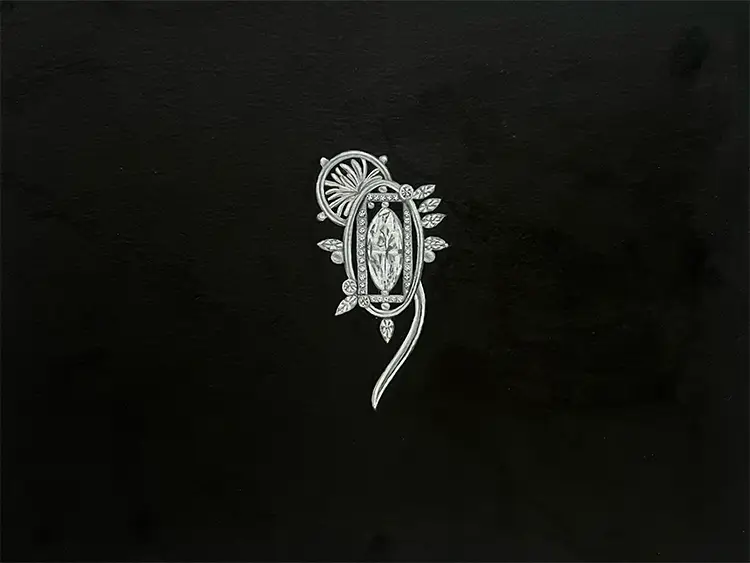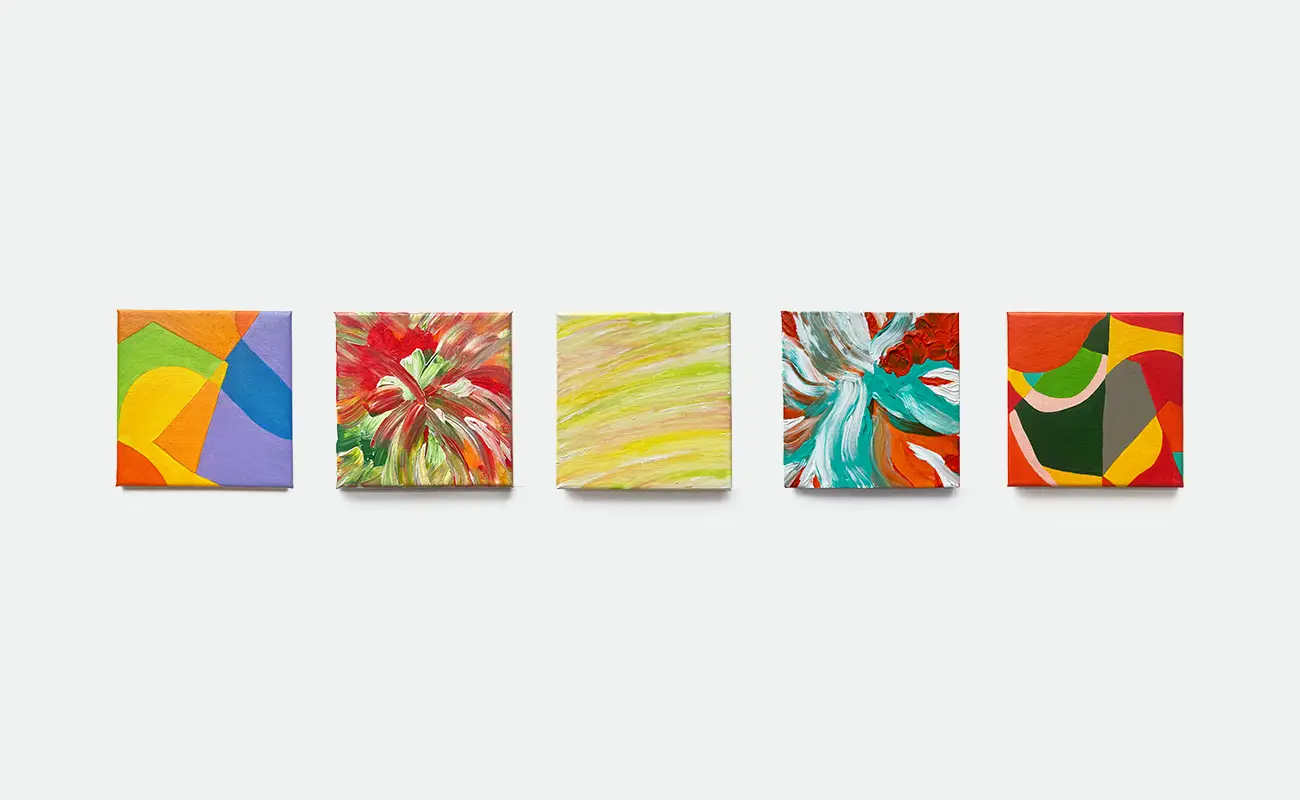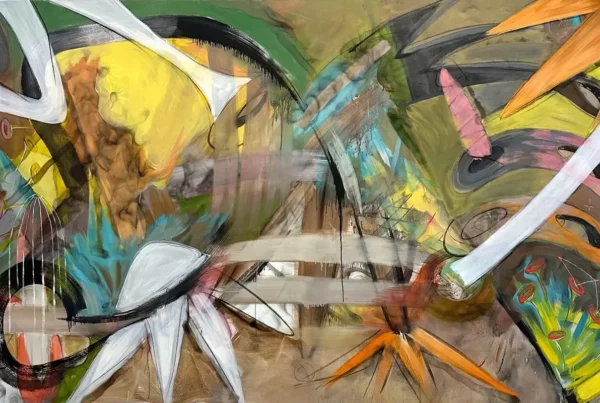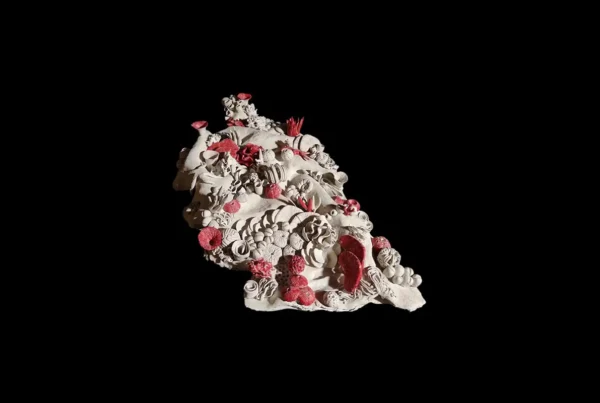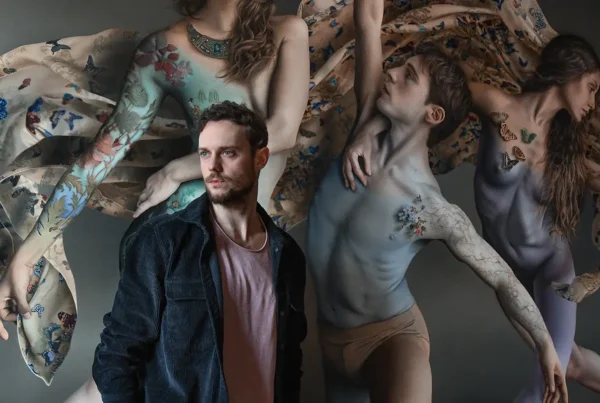“Jewellery encapsulates the essence of ordinary life; they are flowers of hope blooming in the desert.”
Fragments That Speak: The Quiet Origins of an Expansive Practice
Yinuo Wang’s artistic practice has evolved into a compelling fusion of painting and jewellery art—each medium offering a unique conduit for expressing deeply personal narratives. Her creative path began in 2014 during her formative years in New Zealand, a period marked by introspection and cultural dislocation. That shift from her native China to a new environment catalyzed her initial explorations in art, culminating in her first solo exhibition at He Aho Tahuhu Gallery in 2016. This early success affirmed her instincts and commitment to art, while also setting the tone for a practice shaped by memory, emotional depth, and a quiet intensity. Wang’s art was never simply about visual representation—it was about navigating internal landscapes and external transitions, shaping abstract expressions from deeply rooted personal experiences.
From the outset, her work reflected a desire to convey emotion through abstraction. Her visual language took shape through painting, where she began exploring internal states using poetic and philosophical motifs. She frequently draws from her own writing, transforming fleeting feelings or phrases into vivid compositions. Her abstract works are characterized by bold forms, saturated hues, and clean yet evocative geometry. Even before venturing into jewellery, Wang’s use of color and shape revealed a consistent emotional undercurrent—gestures that felt both spontaneous and intentional. Each piece was more than aesthetic; it was a meditation on lived experience, refracted through her evolving understanding of identity and transience.
Her transition to a multidisciplinary practice emerged not from aesthetic experimentation, but from a need to find the right medium for each story. While studying Fine Arts at the University of New South Wales, Australia, she gradually discovered that certain emotions and narratives demanded more tactile forms of expression. Jewellery offered her a symbolic and intimate outlet—a means of translating memory into wearable art. Wang’s practice now moves fluidly across surfaces and materials, grounded not by medium but by intent. Whether painted or worn, each work is a continuation of her desire to preserve and translate emotional memory.
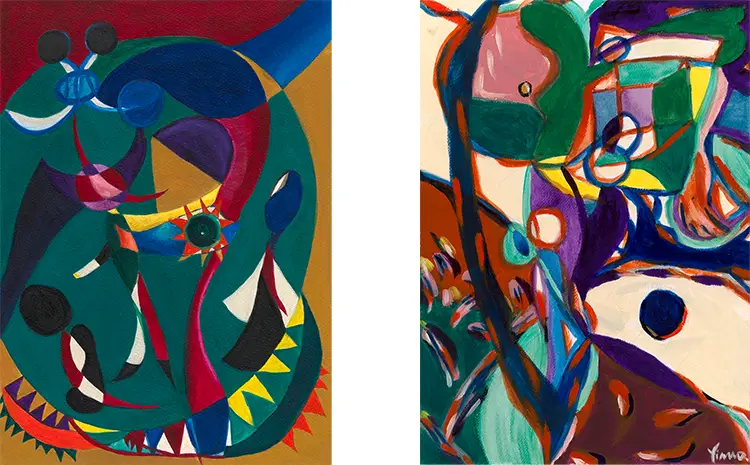
Yinuo Wang: Memory in Bloom and the Art of Hope
One of Wang’s most resonant pieces, Hope and Love (2014), exemplifies the thematic constancy in her work. Created early in her journey, this acrylic painting remains an emotional anchor. It features a broken vase that simultaneously forms the silhouette of a human profile, frozen in a kiss. Within the fractured vessel sit withered flowers, slowly rekindled by the imagined power of affection. As the belief in love intensifies, color returns to the petals, and the bouquet gently comes alive. The piece is a visual metaphor for emotional regeneration—a silent yet potent reminder that even amid fragility, restoration is possible. Through this work, Wang communicates her belief that hope is not a distant ideal but a presence that can be rekindled, even in moments of despair.
The dual imagery—where the vase doubles as a profile—demonstrates her interest in perceptual ambiguity and symbolic layering. Rather than providing a fixed narrative, Wang invites viewers to participate in the emotional arc of the work. The broken vessel, both object and face, becomes a symbol of hope and love—its form capturing an intimate kiss that restores life to the withered flowers. This interplay between damage and restoration aligns closely with her broader philosophy: that memory is neither static nor singular, but something constantly rewritten by feeling. Hope and Love is more than a painting—it is an early declaration of her desire to use art as a vehicle for emotional excavation and transformation.
While her later works became increasingly abstract, Hope and Love offers a glimpse into the roots of her symbolism. It foreshadows her eventual shift into jewellery, where similar themes of preservation, emotional weight, and renewal reappear. Just as the flowers bloom in the care of an unseen force, Wang’s jewellery aims to hold and transmit emotional truths. She describes her designs as “flowers of hope blooming in the desert,” a phrase that encapsulates her approach across disciplines. Whether rendering vulnerability through painted gestures or embedding emotion into wearable forms, she seeks to make memory tangible—to turn sentiment into structure, and fleeting beauty into something enduring.
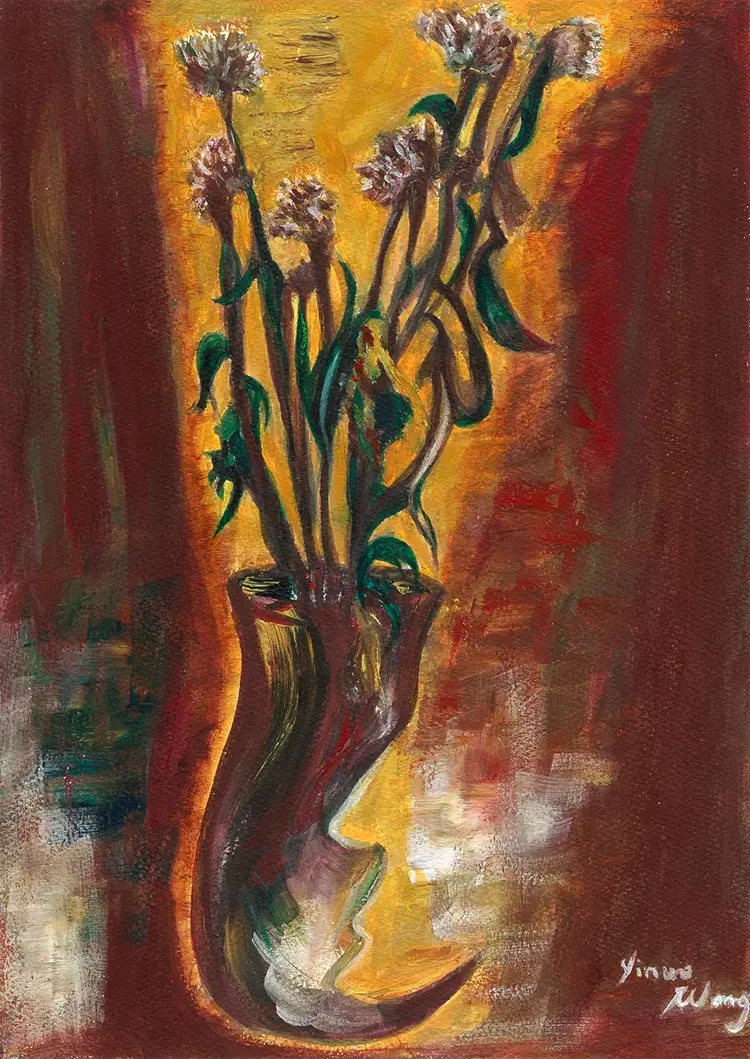
Jewellery as Emotion: Symbols That Can Be Worn
Wang’s foray into jewellery art began in 2018, emerging as a natural extension of her poetic and philosophical approach to painting. Rather than creating standalone objects of beauty, she sees jewellery as a medium that holds emotion—symbols to be carried, touched, and worn. For Wang, each piece is a distillation of memory and meaning, a tactile translation of internal landscapes. “Jewellery encapsulates the essence of ordinary life,” she writes, “they are flowers of hope blooming in the desert.”
Her original jewellery paintings—many of which begin as abstract sketches or symbolic shapes—capture fleeting thoughts, feelings, or dreams and reframe them into designs that invite intimacy. As in her paintings, bold color and form play a crucial role, but with a shift in scale and function. These pieces are not merely viewed; they live with the wearer. In this sense, they act as personal amulets, silent carriers of story and sentiment. For Wang, the act of wearing art becomes a quiet collaboration between maker and viewer—an affirmation that beauty and memory can coexist in the smallest of forms.
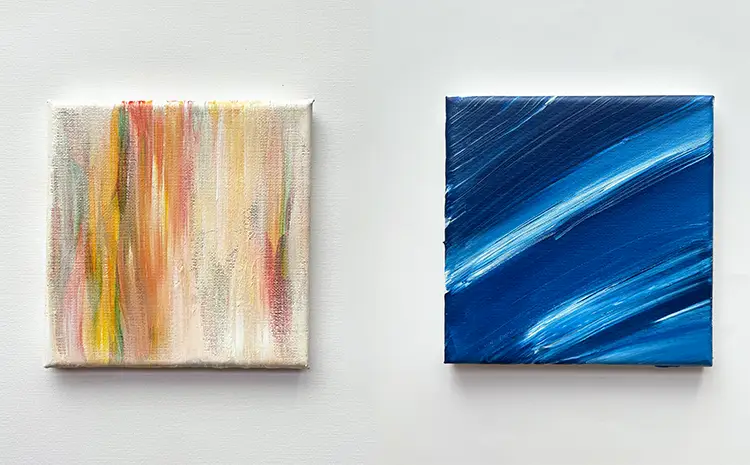
Yinuo Wang: The Shape of Feeling, The Weight of Color
Wang’s abstraction is less about detachment and more about sharpening emotional perception. Her paintings frequently begin with a single word, feeling, or poetic line, gradually unfolding into rhythmic compositions of color and form. She emphasizes bold shapes and flat geometries, but within those controlled structures lies a dynamic energy. There is a tension between spontaneity and precision, as if each gesture were rehearsed yet vulnerable. Her visual language continues to evolve, moving from figurative motifs to more suggestive, symbolic abstractions. Viewers often detect echoes of the human form—an eyelid, a hand, a torso—subtly embedded within the frame, but never fully resolved. This ambiguity creates an open space for interpretation, where each viewer becomes a co-author of the experience.
Her color palette reflects the emotional range she seeks to express. In her earlier works, muted earth tones conveyed introspection and quiet grief. These hues suggested absence and longing, functioning almost like a visual whisper. Over time, Wang began to embrace more vibrant chromatic registers—deep purples, electric blues, visceral reds. These choices mirror a widening emotional aperture: an embrace of joy, desire, urgency. Color becomes a kind of sound in her compositions—a pulse that animates the surface and resonates beyond it. It is not merely decorative but communicative, a way of transmitting internal states without relying on image or text.
Even in her jewellery designs, color and form play a similar role. She approaches each piece as both a sculpture and a story—condensing memory into intimate, tactile symbols. A ring may carry the suggestion of protection; a pendant might represent an unresolved emotion or a cherished moment. These works do not announce their meanings directly. Instead, they whisper. Their wearability enhances their impact—these are stories meant to be carried, not just viewed. Across disciplines, Wang remains committed to crafting work that resonates on a deeply human level, translating abstraction into a language of connection, sentiment, and transformation.
